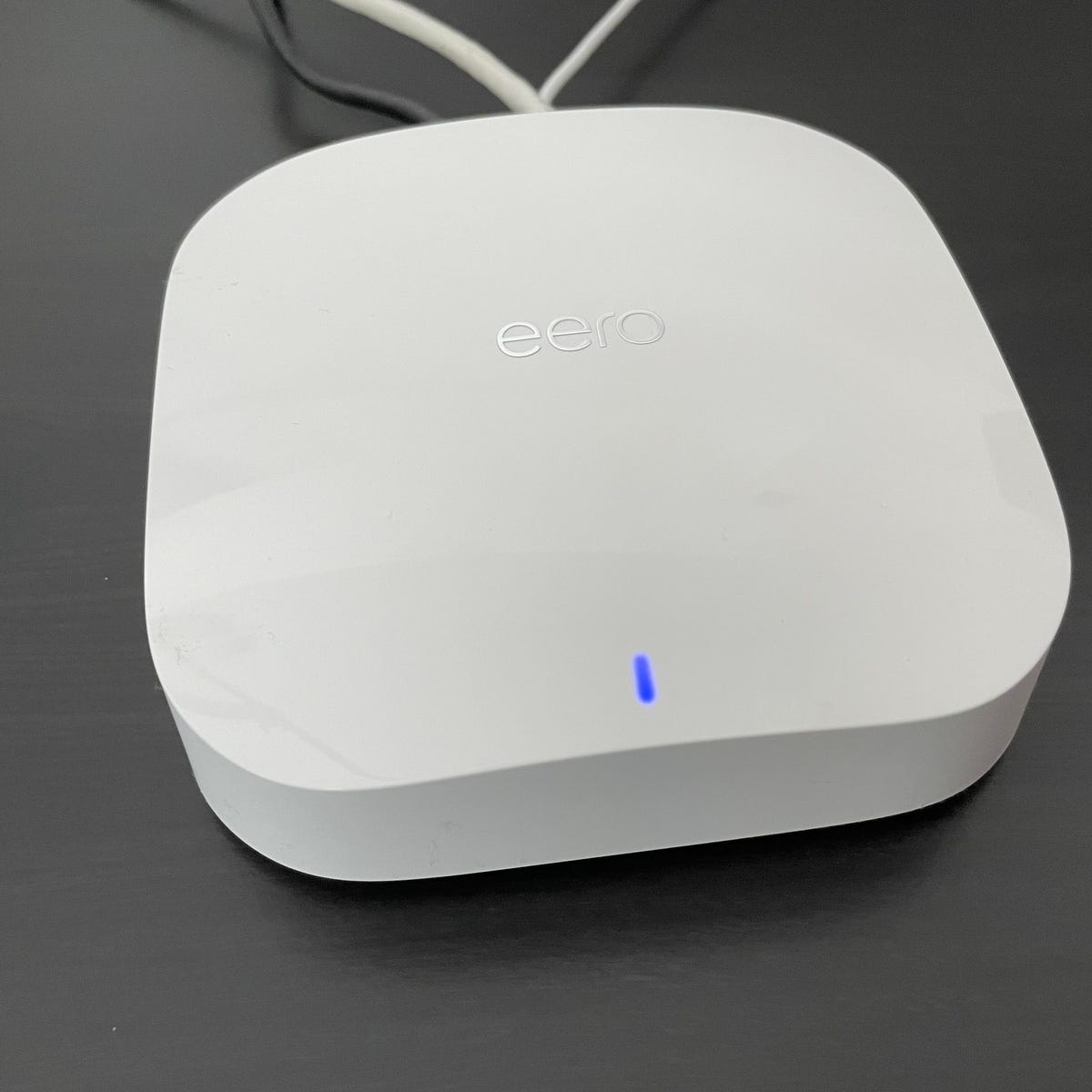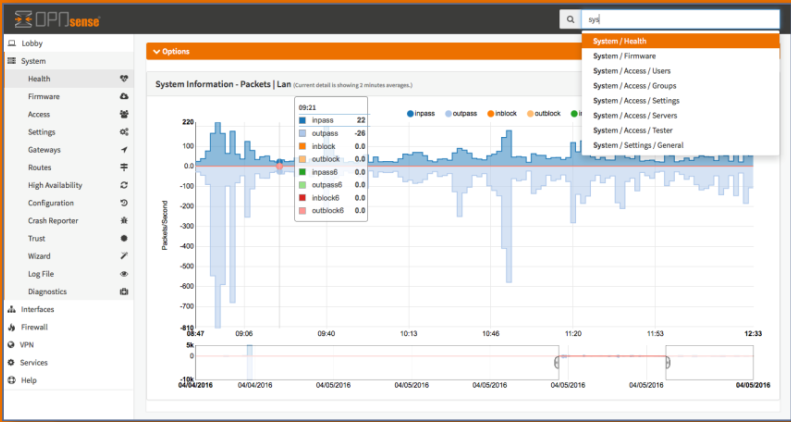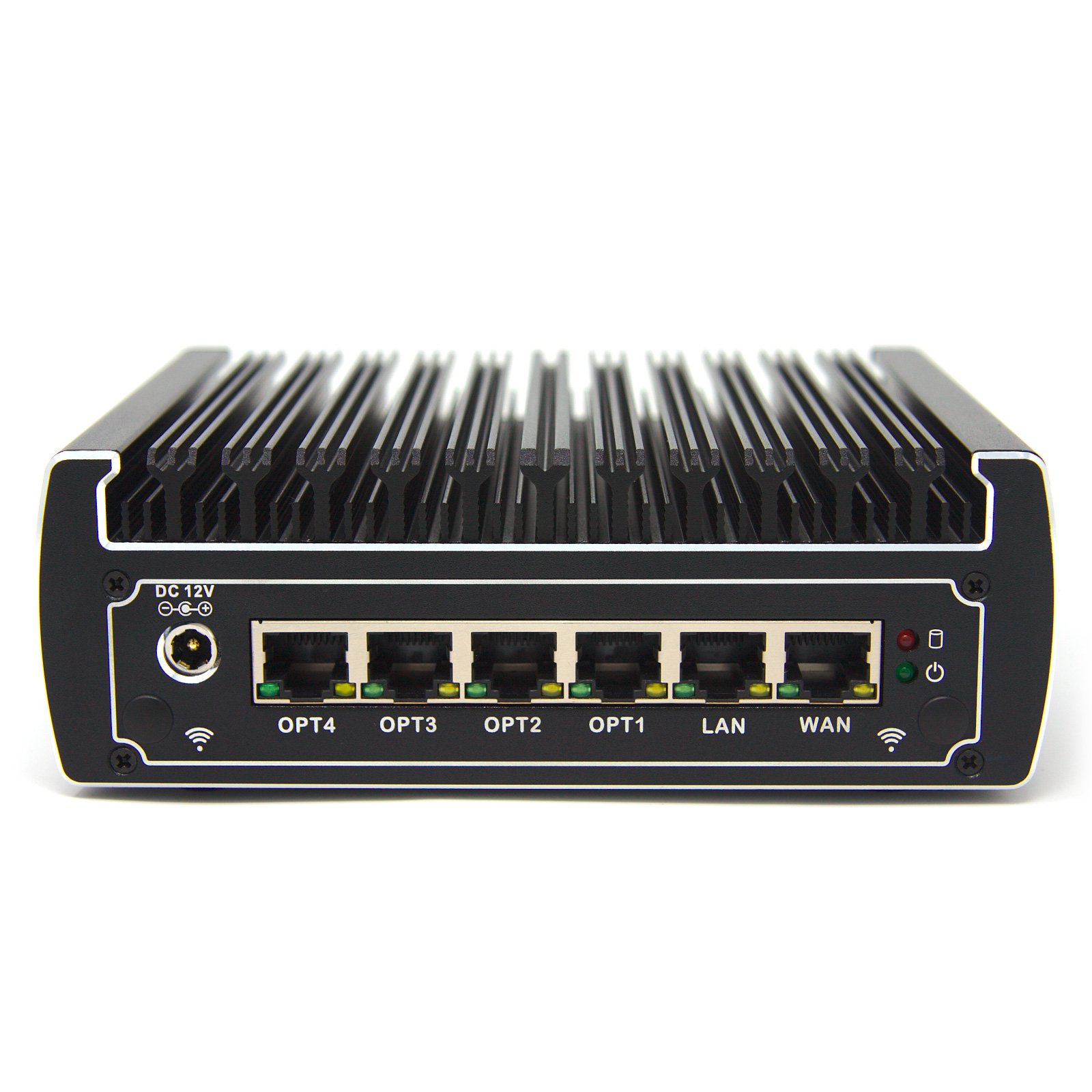From All-in-One Gateways to Wi-Fi 7 Access Points
“`
Author’s note: I run a small consulting practice that designs and maintains secure home offices and boutique co-working spaces. Over the last year I have personally deployed every product on this list—sometimes in my own lab, sometimes in a client’s home. The comments below blend lab benchmarks with long-term, real-world use.
Key Takeaways
- Start with a solid gateway. Ubiquiti’s new Cloud Gateway Ultra and UXG-Max finally give power users firewall horsepower without breaking the bank.
- Open source is alive and well. Pairing an OPNsense license with a fanless Protectli appliance is still the most flexible approach for tinkerers.
- Multi-gig is table stakes. Even modest Wi-Fi 6E/7 deployments can saturate 1 Gbps links; look for 2.5 GbE or faster switching.
- Privacy is a stack, not a checkbox. VPN (WireGuard), DNS filtering (NextDNS), and on-prem blockers (Pi-hole) all have a role.
- Cable matters. Upgrading to slim Cat6a now will save you fishing walls again when 10 Gbps becomes commonplace.
1. All-in-One & Security Gateways
| Product | Ports | Max Throughput | Unique Selling Point |
|---|---|---|---|
| UniFi Dream Machine | 1×WAN, 4×LAN GbE | ~3.5 Gbps IDS/IPS | An “easy button” for UniFi ecosystems |
| UniFi Cloud Gateway Ultra | 1×10G SFP+, 2×2.5 GbE | ~10 Gbps NAT | Tiny form-factor, runs UniFi OS 4 |
| UniFi UXG-Max | Dual 10G SFP+, 4×2.5 GbE | ~18 Gbps NAT | For power users who don’t need built-in Wi-Fi |
| Amazon Eero 6 Pro | 1×WAN, 1×LAN GbE | ~940 Mbps | Zero-touch mesh for non-technical households |
| Verizon Home Network Protection | – | – | Bundled security layer for Fios routers |
UniFi Dream Machine

Why I still like it: For small apartments it remains the simplest way to get IDS/IPS, VLANs, and UniFi Wi-Fi in a single cylinder. Initial setup rarely exceeds ten minutes.
Where it falls short: No multi-gig; heavy throughput drops if you enable every threat-management toggle.
UniFi Cloud Gateway Ultra

I’ve had one running in my lab for three months. UniFi OS 4’s snappier interface plus 10 GbE uplink finally remove the bottleneck that plagued earlier Dream Machines.
UniFi UXG-Max

Targeted at installers who run external access points. In my testing it sustained 2.3 Mpps (packets per second) with IDS enabled—impressive for a fanless chassis.
Amazon Eero 6 Pro

A lifesaver when a client calls at 6 p.m. and needs Wi-Fi blanketed before dinner. You trade insight for convenience—no CLI, limited VLANs—but updates are automatic and parental controls are non-negotiable easy.
2. Open-Source Firewall Appliances
OPNsense on Protectli


I deploy Protectli FW6D boxes with OPNsense whenever a client asks for full-tunnel WireGuard, Suricata IDS, or Zenarmor content filtering. The Intel i5/i7 CPUs chew through rulesets while staying silent under a shelf.
Firewalla Gold Plus

A friendlier face on open-source. The mobile app exposes policy-based routing and per-device ad blocking—no SSH needed. In side-by-side tests with Protectli, NAT throughput was similar (~5 Gbps), but the polished UX saves time.
3. Privacy & DNS Stack
| Tool | Where It Runs | Best Use Case |
|---|---|---|
WireGuard  |
Router / NAS | Fast remote access under 50 ms latency |
NextDNS CLI  |
Raspberry Pi or Router | Fine-grained content & telemetry blocking |
Pi-hole  |
Raspberry Pi | LAN-wide ad blocker, simple dashboards |
OpenDNS  |
Any router | Set-and-forget family filtering |
I typically stack them: OpenDNS as emergency fallback, NextDNS for per-profile filtering, and WireGuard to reach home resources while traveling.
4. Multi-Gig Switches
| Switch | Ports | PoE Budget | Extras |
|---|---|---|---|
QNAP QSW-M2116P-2T2S  |
16×2.5 GbE PoE+, 2×10 GbE, 2×10 Gb SFP+ | 400 W | Layer-2+ VLANs & ACLs |
TRENDnet TEG-S750  |
5×2.5 GbE + 2×10 GbE | – | Unmanaged, budget 10 G backbone |
Netgear MS108EUP  |
8×2.5 GbE PoE++ | 230 W | Great for Wi-Fi 6E APs |
| Netgear GS110EMX |
8×1 GbE + 2×10 GbE | – | Fanless, Layer-2 VLANs |
In client offices I favor the QNAP for its PoE headroom—two Wi-Fi 7 APs plus a couple of PoE cameras barely scratch 40 % of its budget.
5. Cabling Matters
Monoprice SlimRun Cat6a

At 30 AWG, SlimRun cables fit easily behind baseboards yet certify to 10 Gbps up to 10 m. I keep a spool in the go-bag; clients love that “no more spaghetti” look.
6. Wi-Fi Access Points
| AP | Standard | Radio Chains | Special Sauce |
|---|---|---|---|
UniFi U7-Pro  |
Wi-Fi 7 (6 GHz) | 4×4 | First UniFi AP to break 5 Gbps TCP in my lab |
Ruckus R650  |
Wi-Fi 6 | 4×4 | BeamFlex+ adaptive antenna magic |
BeamFlex  |
– | – | Tech behind Ruckus’ range advantage |
HomeKit Secure Router  |
Wi-Fi 6 | 2×2 | Painless IoT VLANs via Apple Home |
My experience: UniFi U7-Pro hits 2.2 Gbps to an M3 MacBook Air two rooms away, but the R650 still wins when punching through lath-and-plaster walls thanks to BeamFlex.
7. Storage & Compute
Synology DS1821+

With eight bays and two NVMe cache slots, I routinely hit 1.8 GB/s over SMB multichannel. DSM 7’s Active Backup lets most clients retire crash-prone USB drives.
Mac Studio Desktop

Why mention a desktop in a network guide? Because Apple’s 10 GbE NIC is finally mainstream. I push 9.45 Gbps to the Synology every night; Time Machine finishes before coffee.
Putting It All Together — A Sample 10 Gb Home Office Stack
| Layer | My Current Favorite | Reason |
|---|---|---|
| Gateway | UniFi Cloud Gateway Ultra | 10 Gb SFP+ uplink + UniFi Protect option |
| Switch | QNAP QSW-M2116P-2T2S | Power budget for APs, cameras, VoIP |
| Wi-Fi | 2× UniFi U7-Pro | Wi-Fi 7 speeds, UniFi roaming |
| DNS | NextDNS CLI on a Pi-hole box | Dual-layer ad & tracker blocking |
| VPN | WireGuard on gateway | 700 Mbps remote throughput |
| Storage | Synology DS1821+ | Snapshots + off-site replication |
| Clients | Mac Studio, M3 laptops | 10 GbE & Wi-Fi 7 ready |
Total hardware cost comes in under \$3,500, yet matches or exceeds small-biz gear that was \$10 k only a few years ago.
Final Thoughts
A resilient home network isn’t built overnight, but modern gear makes the process far less painful than even five years ago. My advice:
- Buy switch ports in bulk—you’ll fill them sooner than you think.
- Segment IoT early—moving 40 smart bulbs to a VLAN after the fact is maddening.
- Document once, automate twice—keep a plain-text network map and back up device configs.
If you have questions or want me to field-test something not on the list, ping me on X (@packetsandcoffee). Until then—happy routing!
This guide contains no sponsored placements. All hardware was either purchased retail or provided on short-term loan and returned.